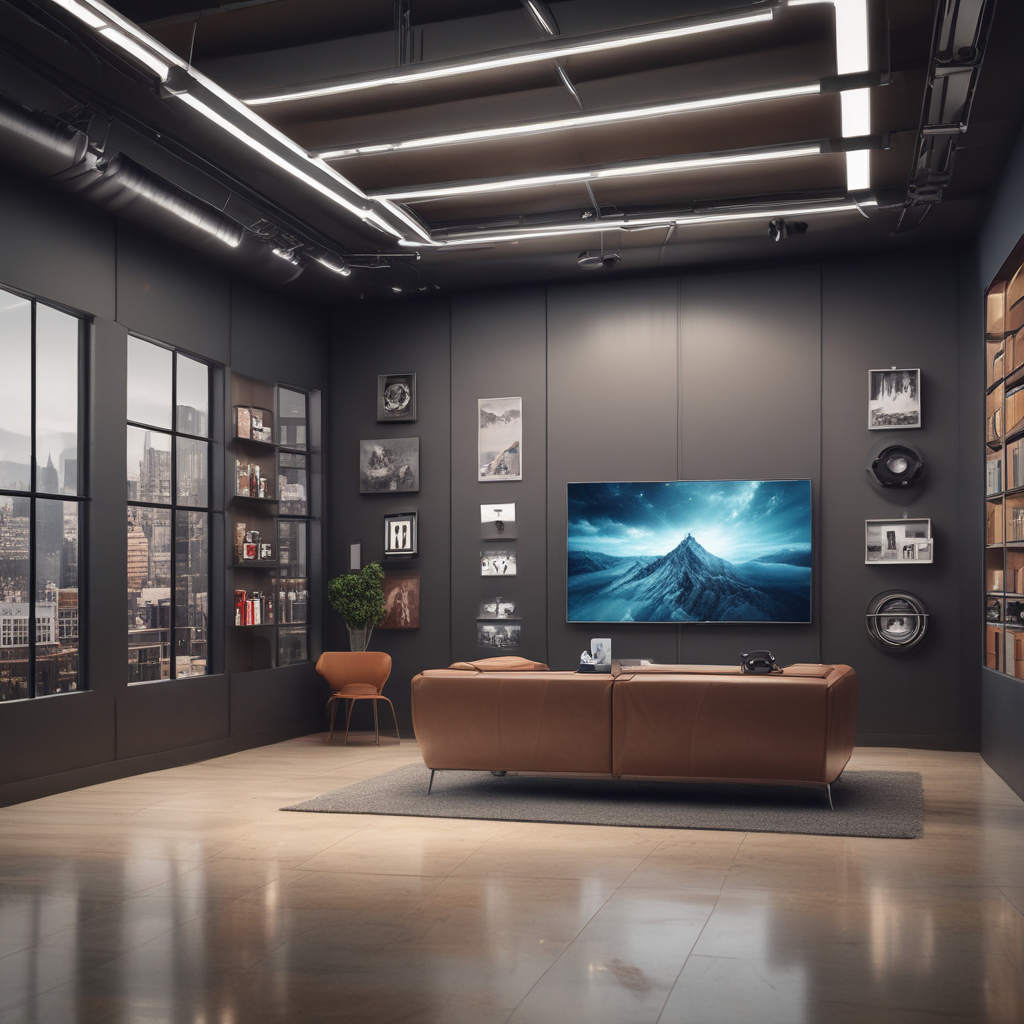
The Role of Virtual Reality in E-commerce Showrooms
Enhancing the E-commerce Experience with Virtual Reality
Virtual reality (VR) technology has revolutionized the way customers interact with products online by bringing a realistic shopping experience to e-commerce platforms. In recent years, many online retailers have incorporated VR technology into their websites to create immersive virtual showrooms.
Exploring Products Like Never Before
With VR, customers can explore products in detail from the comfort of their homes. By putting on a VR headset, shoppers can virtually walk through a showroom, pick up items, examine them from different angles, and even visualize how products would fit in their own spaces.
Personalizing the Shopping Experience
E-commerce showrooms powered by VR technology allow for personalized experiences. Customers can customize product features, colors, and sizes in real-time, helping them make informed purchase decisions. The interactive nature of VR adds a new dimension to online shopping.
Improving Decision-Making Through Immersion
Virtual reality immerses customers in a lifelike environment that enhances their decision-making process. By providing a sense of scale and spatial awareness, VR helps address common concerns like product size, texture, and appearance, reducing the likelihood of returns.
Breaking Down Barriers to Online Shopping
For many consumers, the inability to physically interact with products has been a barrier to online shopping. VR technology bridges this gap by offering a tactile and visually stimulating experience that mimics the in-store feel, increasing confidence in purchasing products online.
Driving Engagement and Brand Loyalty
By incorporating VR into e-commerce showrooms, brands can engage customers in a memorable way, leaving a lasting impression. The interactive and personalized nature of VR experiences fosters a stronger connection between consumers and brands, ultimately driving loyalty and repeat business.
Embracing the Future of E-commerce
As technology continues to evolve, the role of virtual reality in e-commerce showrooms will only become more prominent. Businesses that embrace VR technology early on stand to benefit from increased customer engagement, higher conversion rates, and a competitive edge in the online retail landscape.
FAQ: The Role of Virtual Reality in E-commerce Showrooms
What is Virtual Reality (VR) in E-commerce?
VR in e-commerce refers to the use of immersive 3D technology to create virtual shopping environments that simulate real-world retail spaces. Customers can browse and interact with products as if they were in a physical store, enhancing their shopping experience.
How does Virtual Reality enhance E-commerce Showrooms?
Virtual Reality enhances e-commerce showrooms by allowing customers to visualize products in a realistic way before making a purchase. It offers an interactive and engaging shopping experience, increasing customer satisfaction and reducing the likelihood of returns.
What are the benefits of using Virtual Reality in E-commerce Showrooms?
Some benefits of using VR in e-commerce showrooms include:
– Improved customer engagement
– Reduced return rates
– Increased conversion rates
– Enhanced product visualization
– Differentiation from competitors
– Personalized shopping experiences
How can businesses implement Virtual Reality in their E-commerce Showrooms?
Businesses can implement VR in their e-commerce showrooms by partnering with VR technology providers, creating 3D models of their products, and integrating VR capabilities into their online platforms. By offering a seamless VR shopping experience, businesses can stay ahead in the competitive e-commerce landscape.


